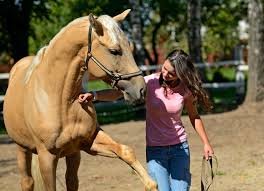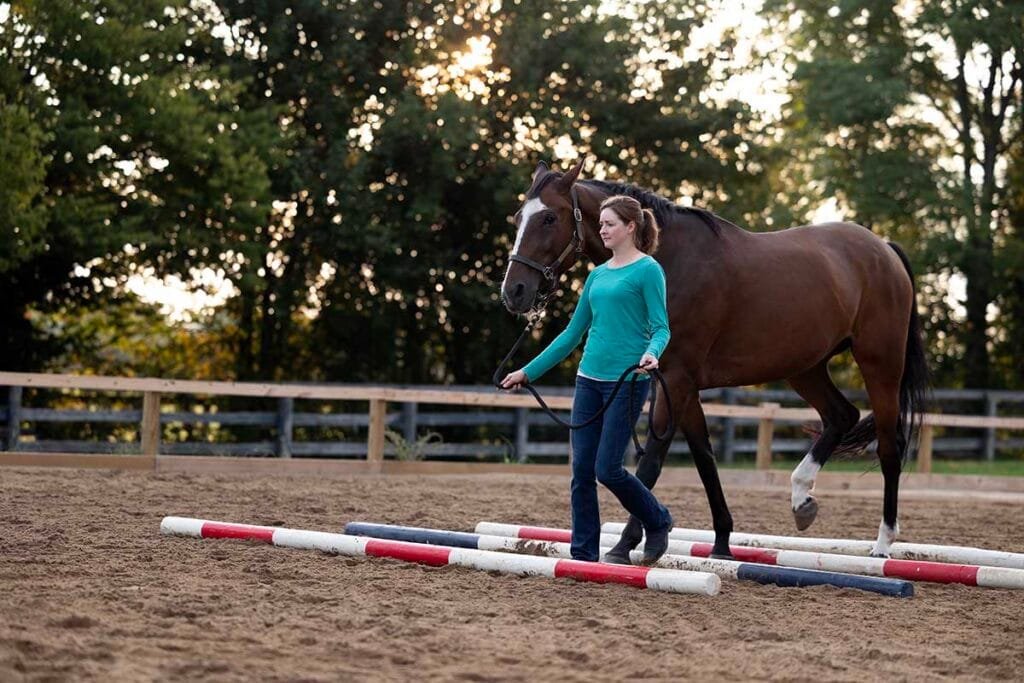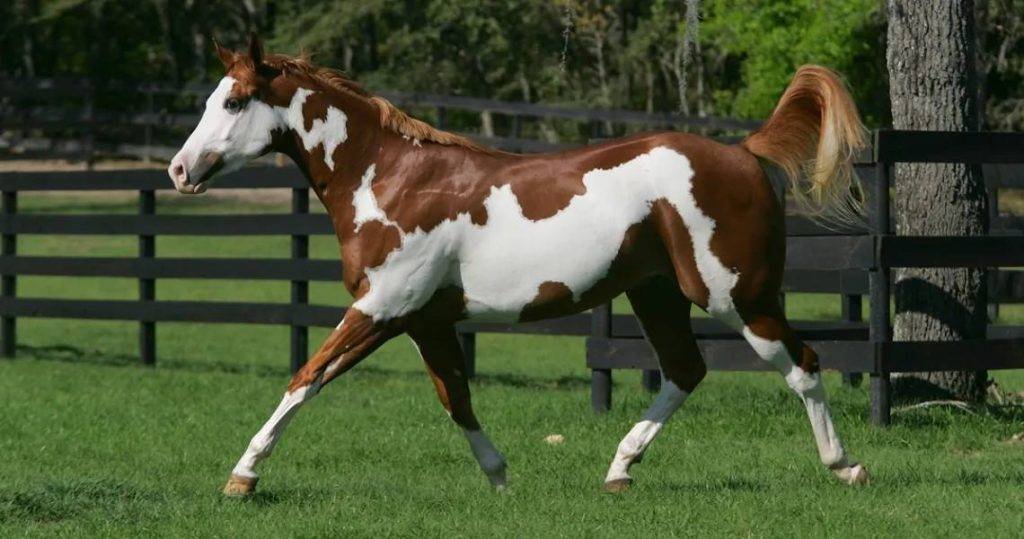Groundwork exercises are essential for building trust, communication, and respect between you and your horse. They help establish a solid foundation for riding, improve the horse’s responsiveness, and strengthen your bond. Here are five useful groundwork exercises that can benefit your horse:
1. Leading with Respect
Leading is one of the first steps in groundwork and sets the tone for your entire relationship with your horse. A horse that knows how to walk beside you calmly will be easier to handle during rides.
How to do it:
- Stand by your horse’s left side, holding the lead rope in your right hand and the end of the rope in your left.
- Ask the horse to walk forward by gently applying pressure on the lead rope.
- If the horse pulls ahead or lags behind, stop, reassert control, and get the horse to pay attention to you before continuing.
- Reward the horse for maintaining a calm, respectful walk.
This exercise teaches your horse to follow you without rushing ahead or lagging behind, and it helps improve their focus.
2. Lunging
Lunging is a great exercise to work on your horse’s responsiveness to voice commands, develop their balance, and improve fitness. It helps teach the horse to move in a circle around you while maintaining a steady pace.
How to do it:
- Stand in the center of a round pen or use a long lead rope in a large open area.
- Hold the lunge line and ask the horse to move forward by gently applying pressure.
- Use voice commands like “walk,” “trot,” and “canter” to signal changes in gait.
- Walk in a circle yourself, allowing the horse to follow and maintain the proper gait.
- Keep the horse moving in a consistent circle while maintaining a relaxed stance.
Lunging builds a strong connection with your horse and helps them learn to move with a specific rhythm.

3. Yielding the Hindquarters
This exercise teaches your horse to move away from pressure, improving their responsiveness and control over their body. It is especially useful when asking your horse to move laterally.
How to do it:
- Stand on your horse’s left side, facing its hip.
- Apply gentle pressure with the lead rope or a stick near the hindquarters.
- As the horse moves its hindquarters away from the pressure, release the pressure immediately to reward the response.
- Practice this until the horse consistently moves away from pressure when asked.
Yielding the hindquarters builds respect, responsiveness, and flexibility, making it easier for your horse to execute turns and maneuver while riding.
4. Backing Up
Backing up is an important skill for your horse to learn, as it gives you more control and teaches the horse to listen to your cues.
How to do it:
- Stand in front of your horse, holding the lead rope or reins.
- Gently pull back on the rope or reins to signal that you want the horse to back up.
- Use your body language (stepping toward the horse) and voice commands like “back” to reinforce the action.
- If the horse resists, apply more pressure until they take a step back, and then release immediately to reward them.
Backing up teaches your horse to give to pressure and increases their respect for you as a leader.
5. Desensitizing
Desensitizing helps your horse become comfortable with various stimuli and environments, making them more confident and less likely to spook.
How to do it:
- Start by gently rubbing your horse with a soft object, like a rope or a flag, in a calm area.
- Gradually increase the intensity and move the object around different parts of the horse’s body (head, legs, etc.).
- The goal is to help the horse become comfortable with new sensations and sights. Work slowly and allow the horse to relax before moving to a new area.
- Reward your horse with praise when they remain calm.
Desensitizing builds confidence in your horse, making it easier for them to handle new situations when you’re riding or training.
Final Thoughts:
Groundwork exercises are fundamental to establishing trust and respect with your horse, making future training easier. Always remember to stay patient, calm, and consistent, rewarding your horse for their progress. With time, your horse will respond to your cues more effectively, improving both your groundwork and riding experience.




